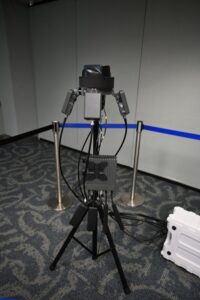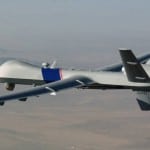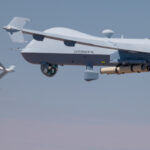
The Transportation Security Administration’s (TSA) funding forecast during the next five years shows a steady commitment to the agency’s efforts to test, evaluate and identify technologies that may be useful to counter small drones in an airport environment. The agency’s capital investment plan (CIP), which was delivered to Congress in early December, shows a funding profile amounting to $58.7 million over the period covering fiscal years 2022 through 2026 for counter-unmanned aircraft systems (C-UAS). The planned investments would grow from…

 By
By 











